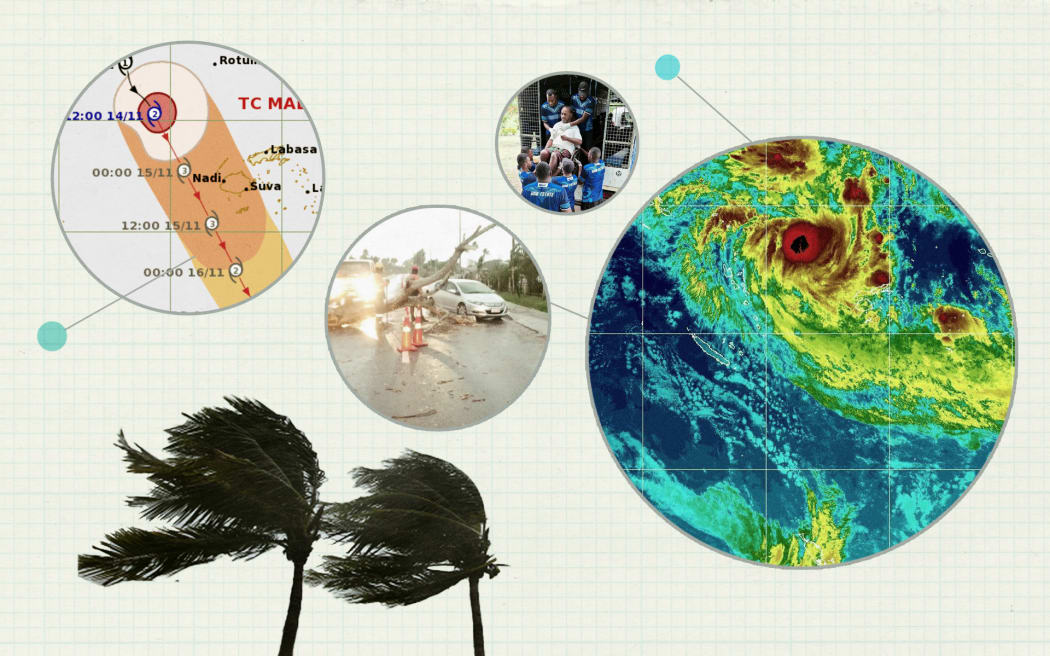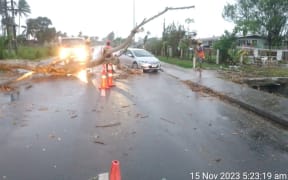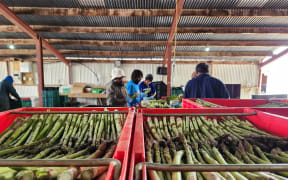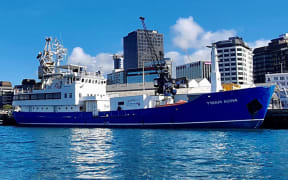
Photo: Quin Tauetau
With the latest cyclone season underway in the South Pacific, RNZ asks NIWA forecasting and media principal scientist Chris Brandolino to explain what a tropical cyclone actually is.
Last week Cyclone Mal hit Fiji - with heavy rainfall, downed powerlines and fallen trees causing widespread disruption.
What is a tropical cyclone?
Brandolino says a tropical cyclone is basically a large storm which begins in the tropics.
They are often sparked by a pulse of energy called the Madden-Julian Oscillation [MJO] which circumnavigates the globe.
"During the summer season or the warm season so late spring to mid Autumn when the MJO passes over warm ocean temperatures - especially if they are unusually warm - often times that can be the spark needed to get a tropical cyclone going."
Brandolino says tropical cyclones are vast heat engines that thrive off warm ocean waters.
"Twenty-six to 27 degrees is kind of the minimum threshold to sustain a tropical cyclone."
The warmer the ocean temperature, the stronger tropical cyclones tend to get, he says.
"For example if a tropical cyclone were to move over ocean temperatures that were 30 or 31 Celsius that would be more fuel for a tropical cyclone than 27 or 28 degree Celsius water."
He says there is no difference between a cyclone and a tropical cyclone besides the very fact a tropical cyclone happens in the tropics.
What can we expect this cyclone season?
The time meteorologists generally expect to see cyclones in the Pacific is during the cyclone season, which runs from 1 November to 30 April.
Brandolino says it has been a busy season so far.
"This is the first time we have had two category three tropical cyclones or higher this early in the year going back to I believe 1969, when we [started having] reliable satellite records."
He said NIWA's Tropical Cyclone Outlook predicts there will be nine to 14 tropical cyclones in the South-West Pacific this season.
"If you look at the long term average it is right around nine, so we are calling for a season as a whole that is likely to be average or above average in terms of activity, and we already have two in the books so we're living up to that expectation."
Brandolino says the risk of an ex-tropical cyclone having an impact on New Zealand or to come within about 550 kilometres of our shoreline is considered to be average or below average.
"But, none the less it just takes one, so I think the message is people need to be vigilant, and if you are travelling to the Pacific Islands for a holiday or for work certainly keep an eye on the forecast."
He says areas like the Vanuatu, Fiji, and the Solomon Islands should watch their risk over the coming months.
"Their risk for seeing tropical cyclones is certainly at the very lowest average - if not higher than average."
What are the cyclone categories
What category a cyclone comes under depends on the average wind speed of the storm. There are five categories for storms which are listed below.
- A category one tropical cyclone would have an average wind speed between 63 and 87 km/h.
- A category two tropical cyclone would have an average winds speeds of between 89 and 117 km/h.
- A category three -- deemed a severe tropical cyclone -- would have an average wind speeds of 119 and 57 km/h.
- A category four tropical cyclone would have an average wind speed between 159 and 198 km/h.
- A category five is any tropical cyclone would have an average wind speed over 198 km/h.





